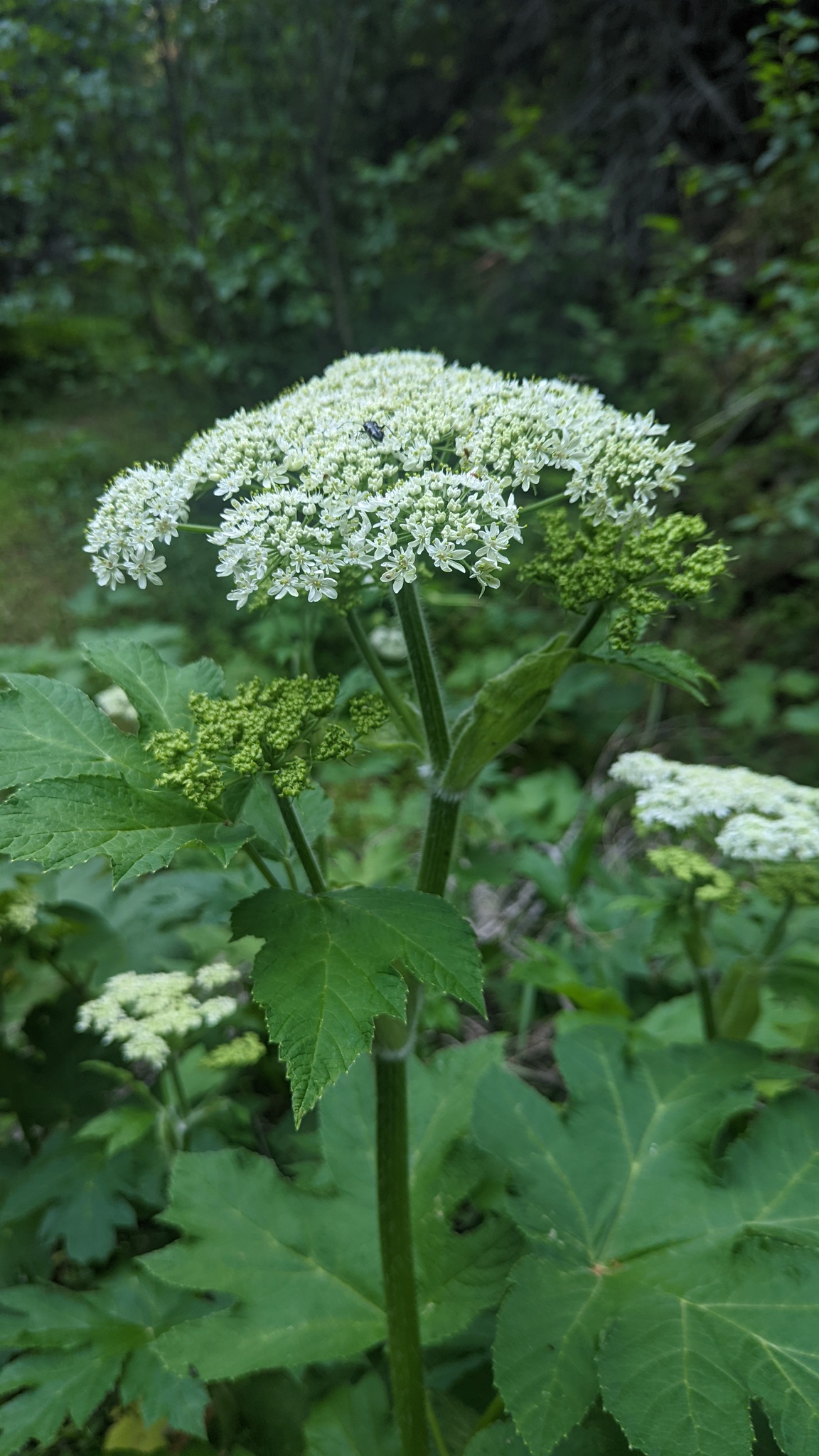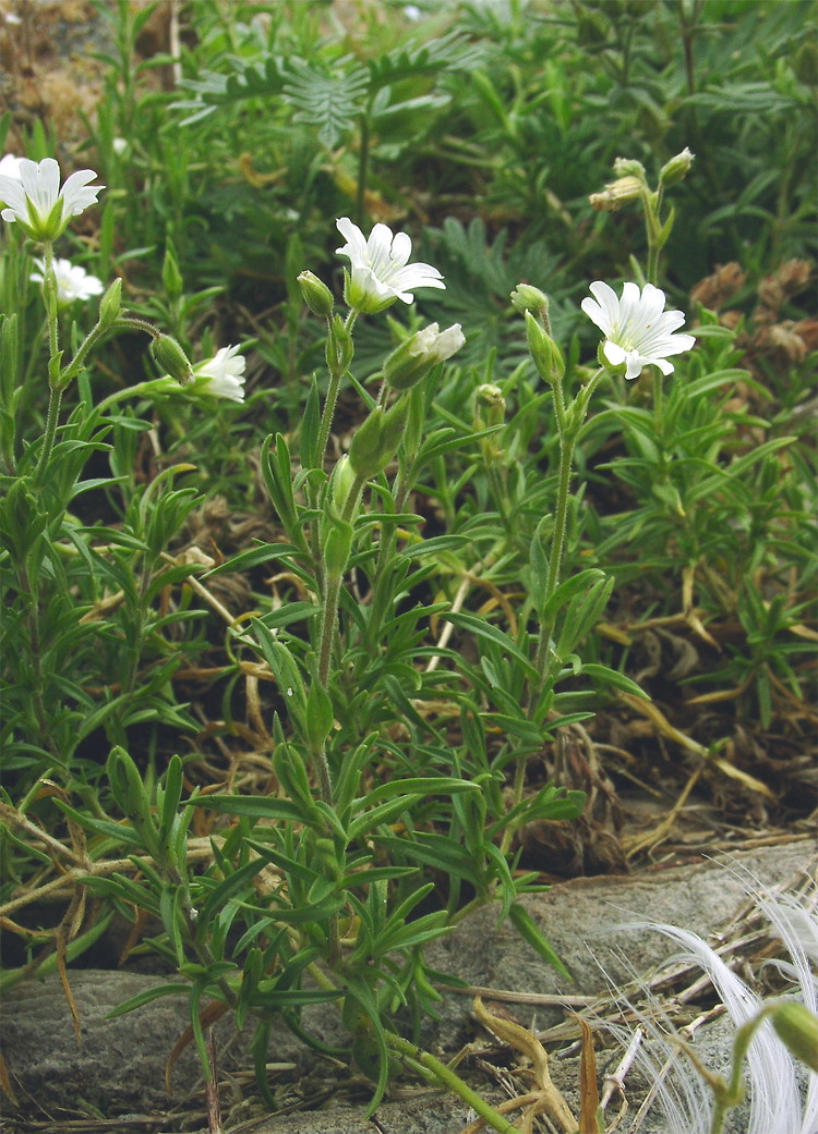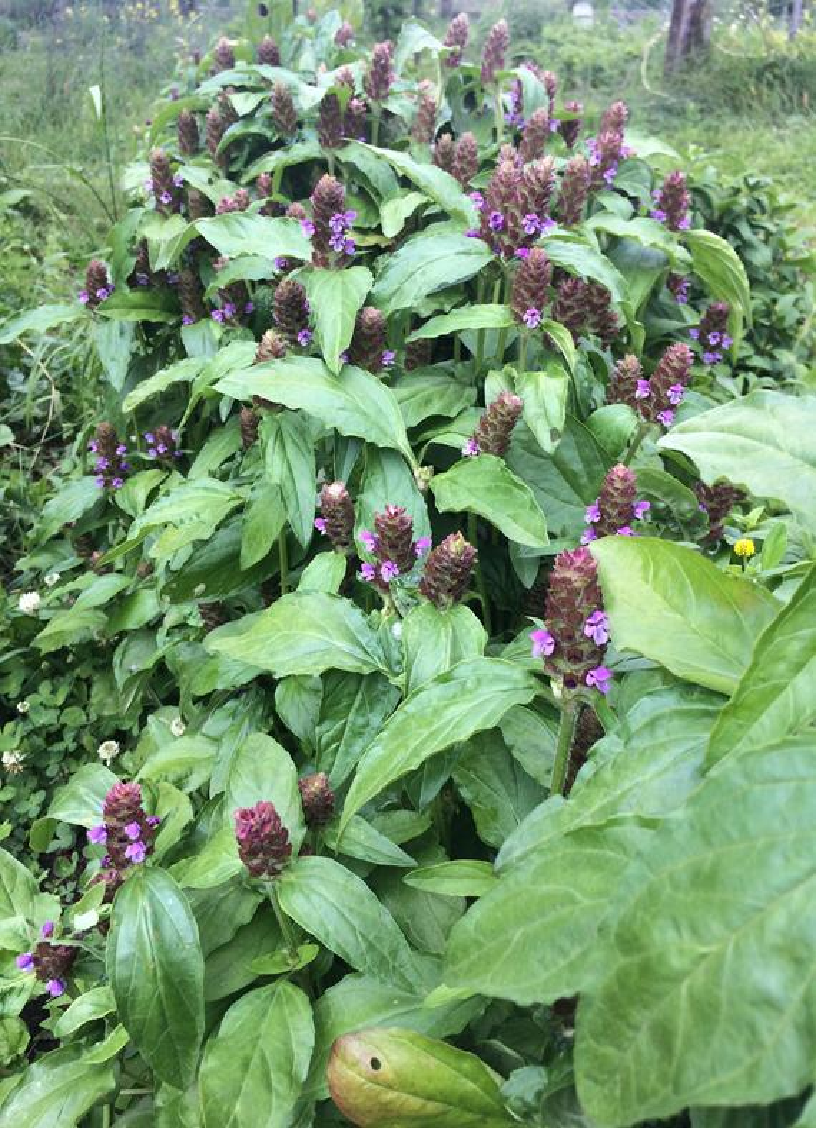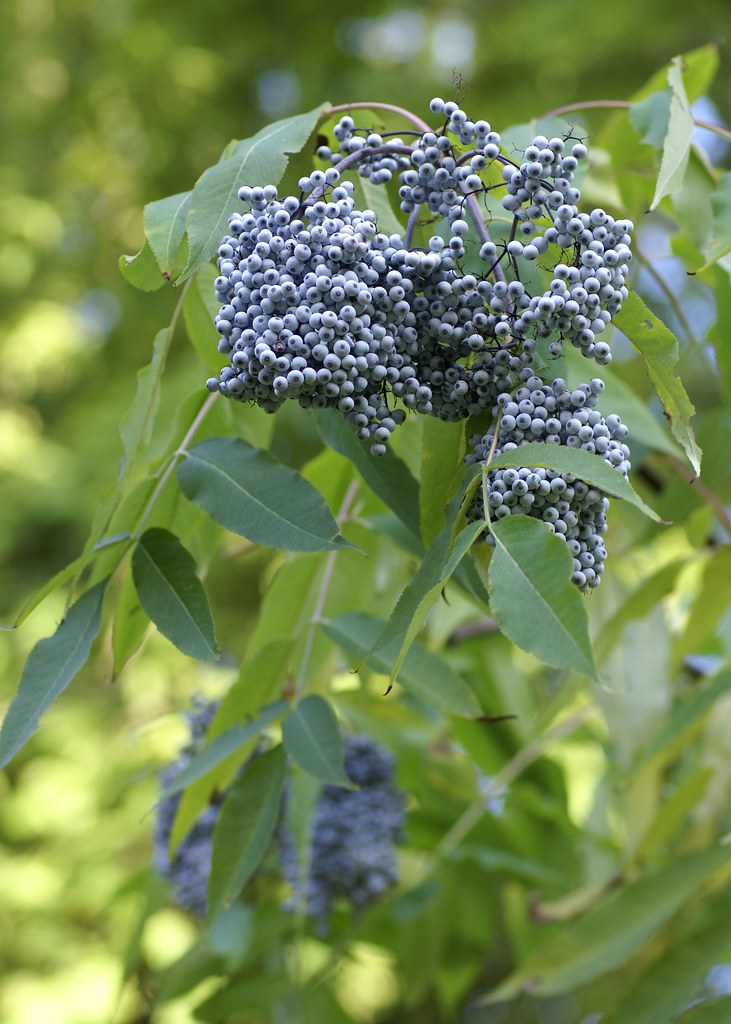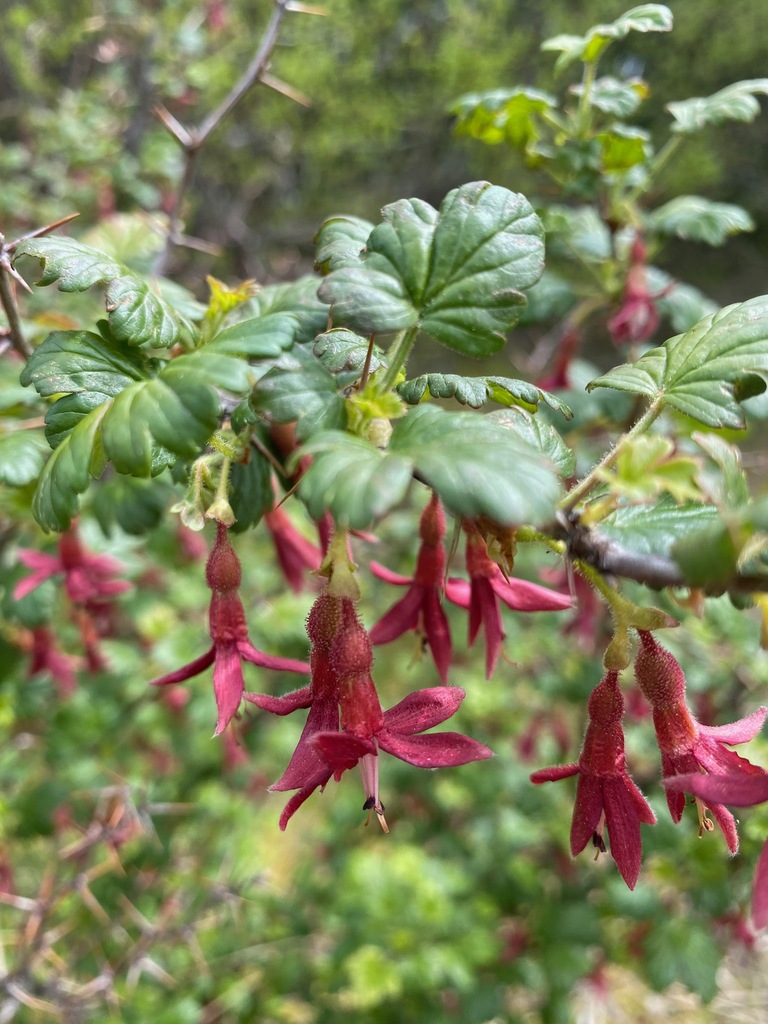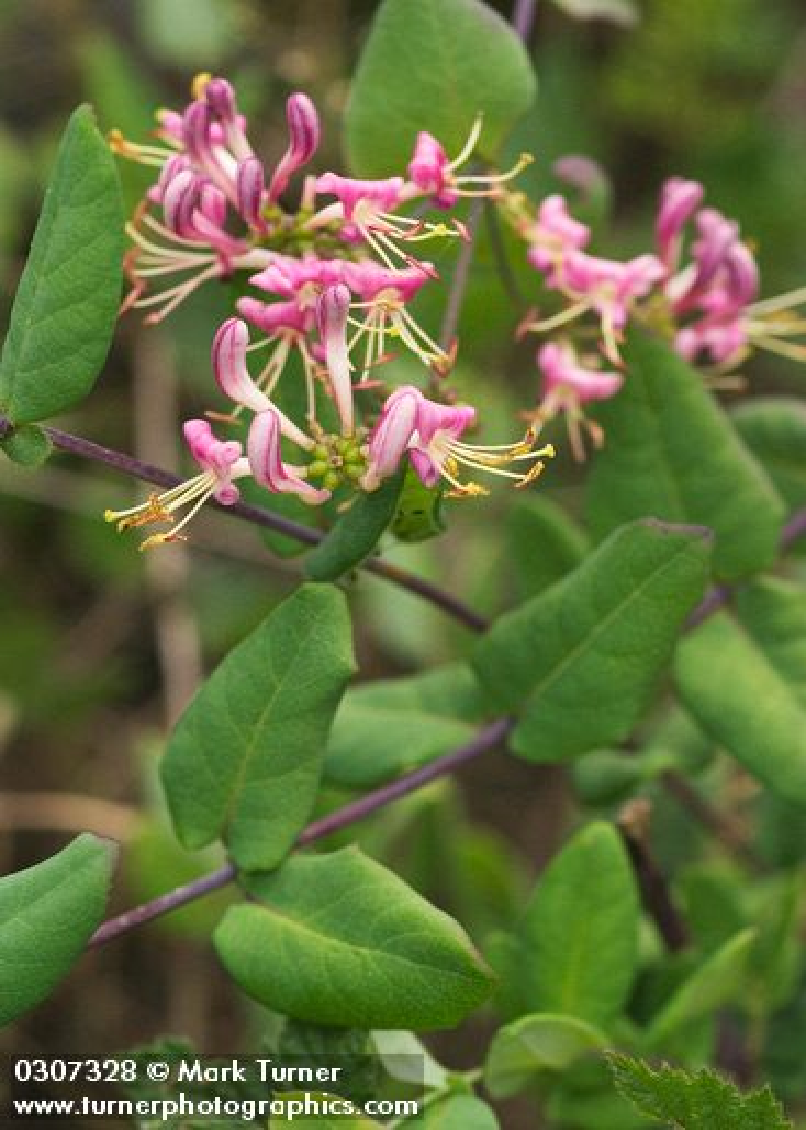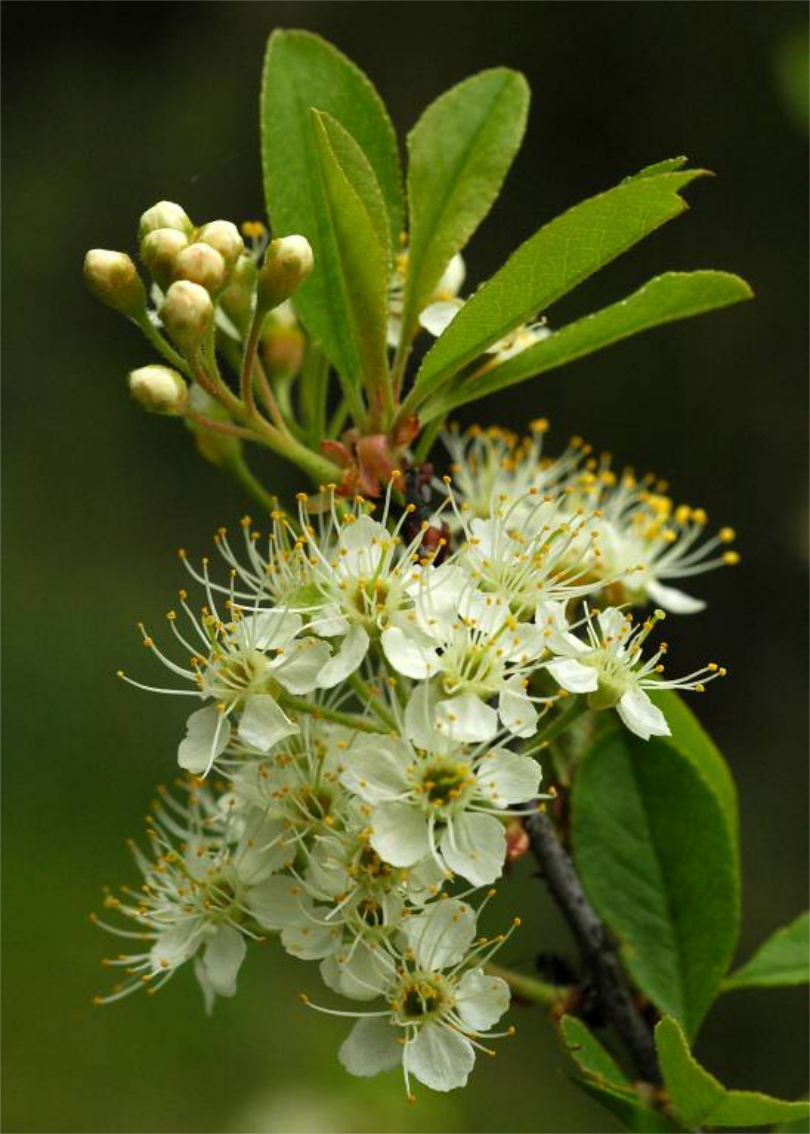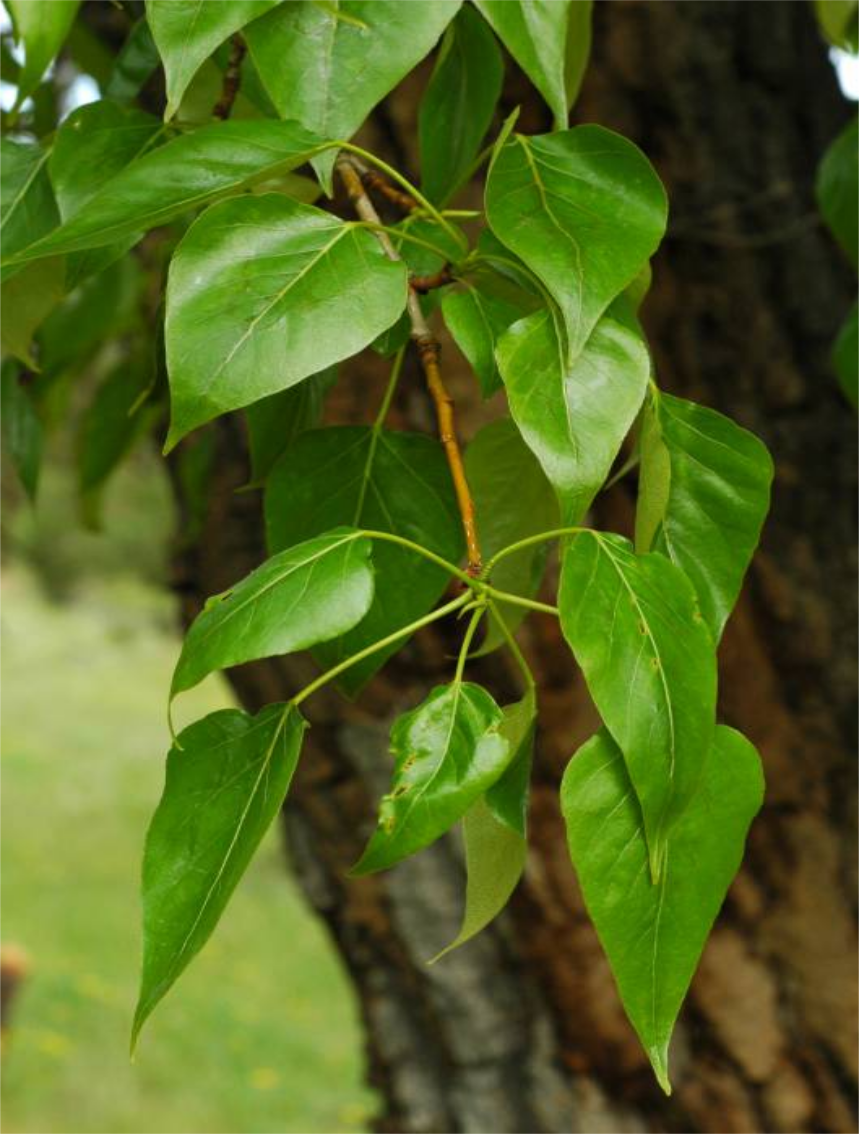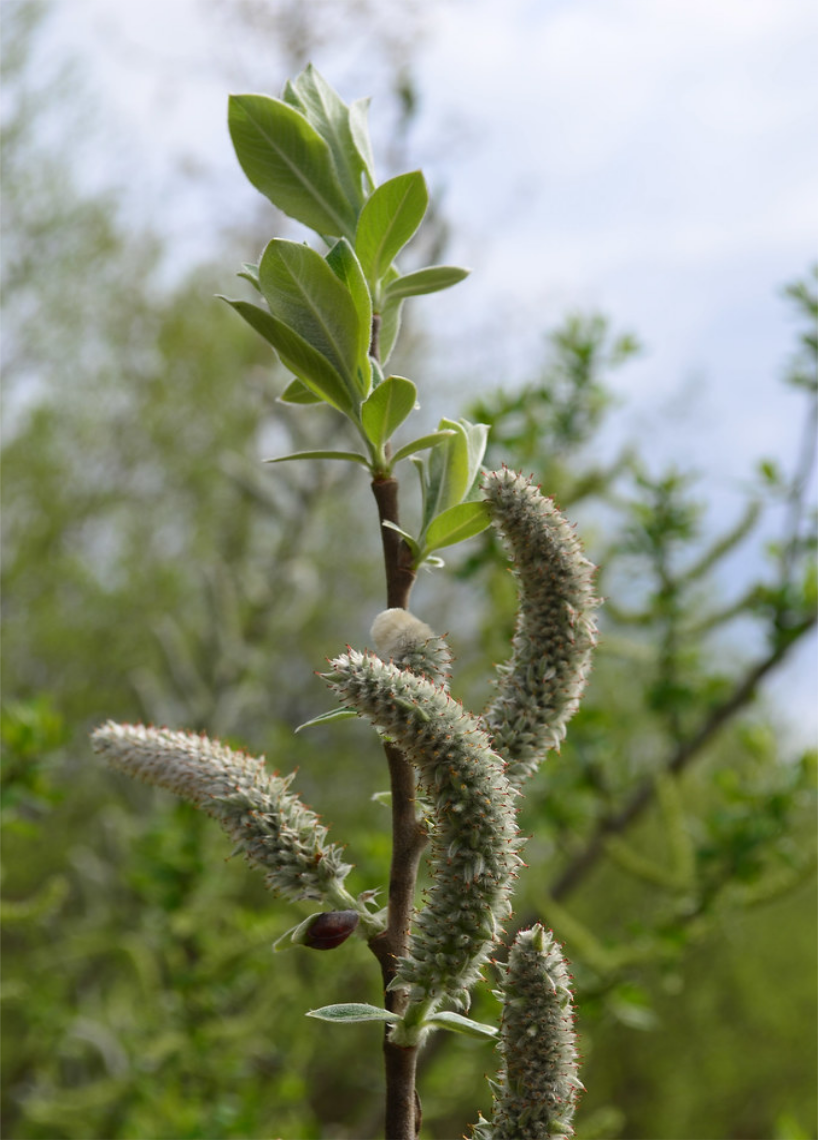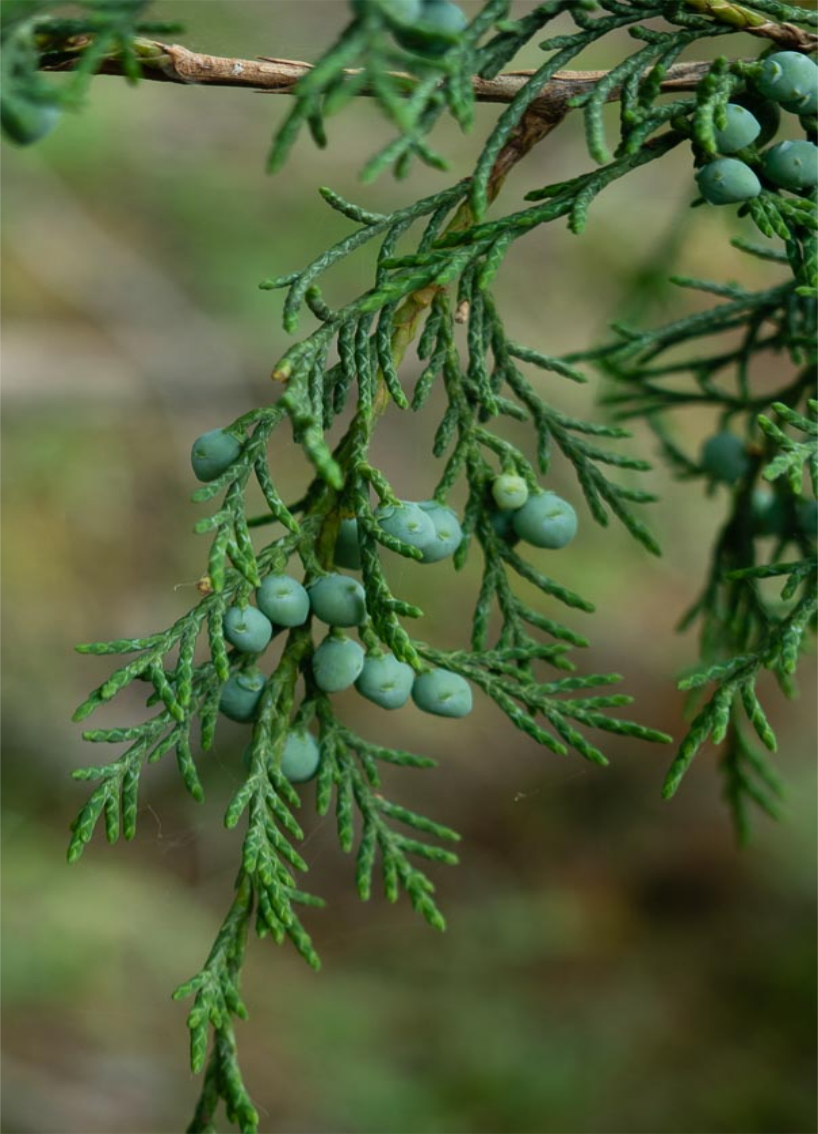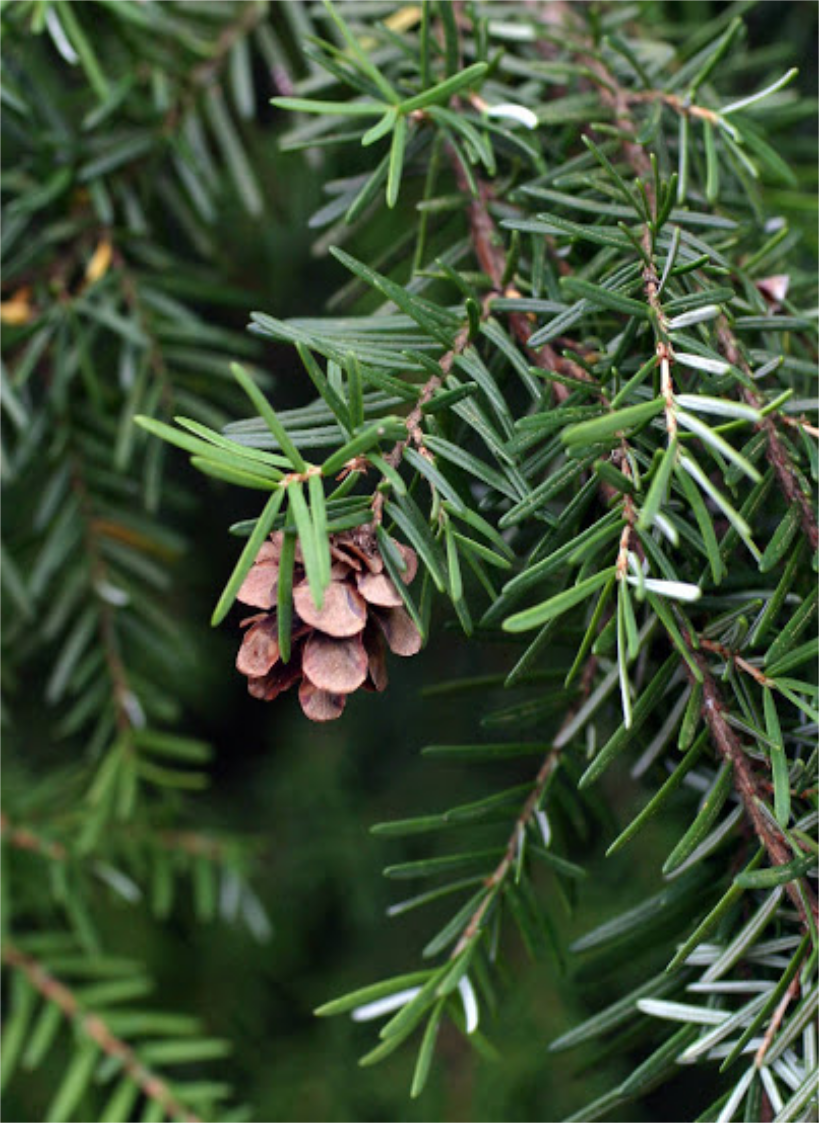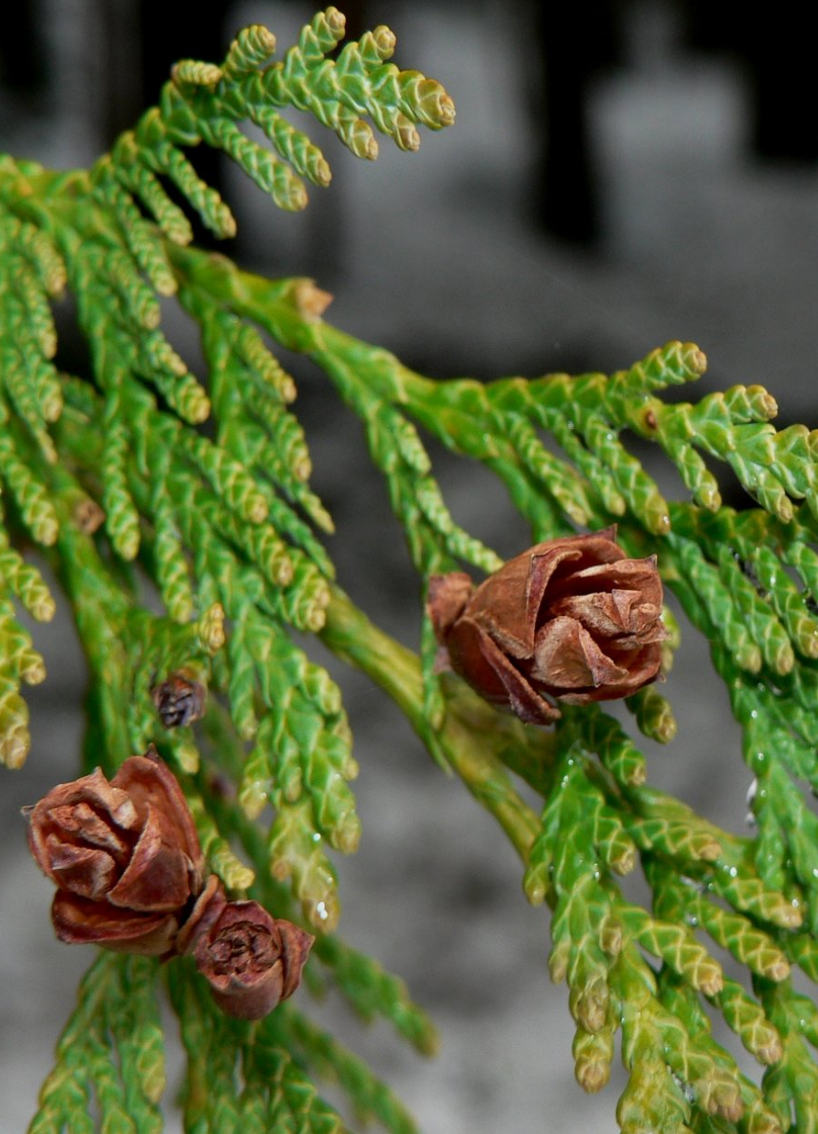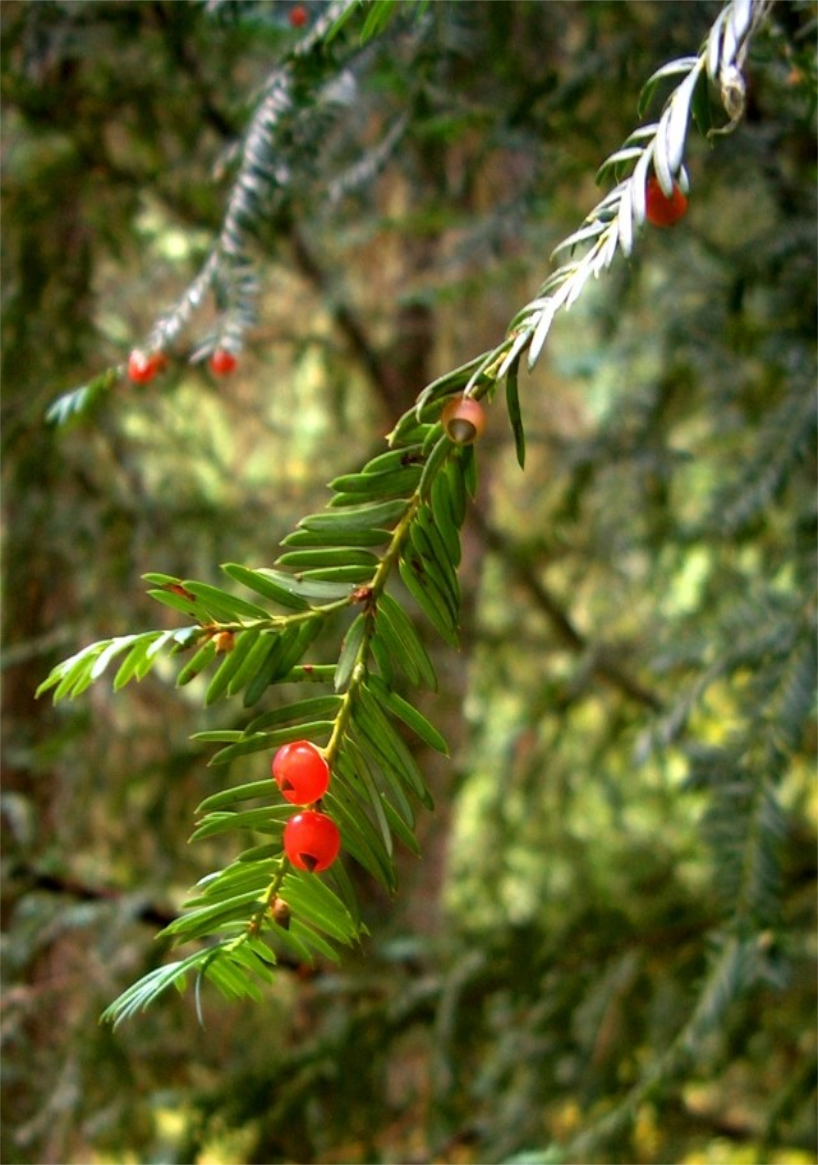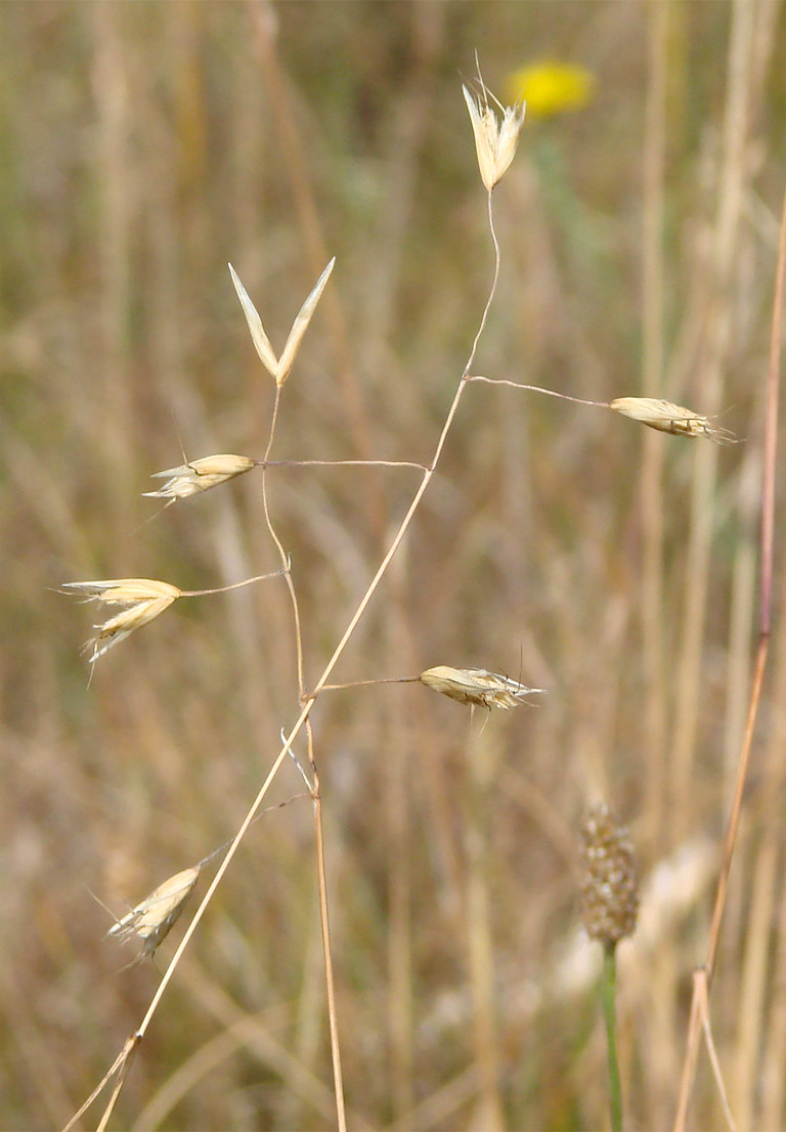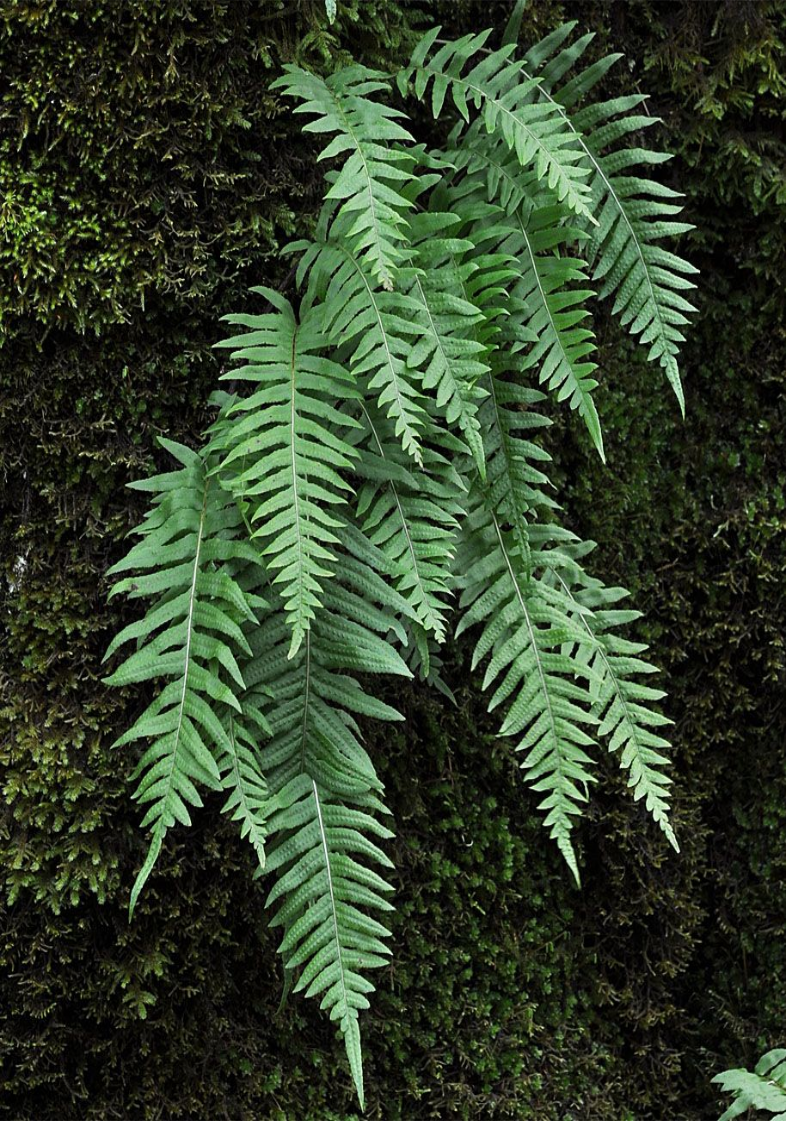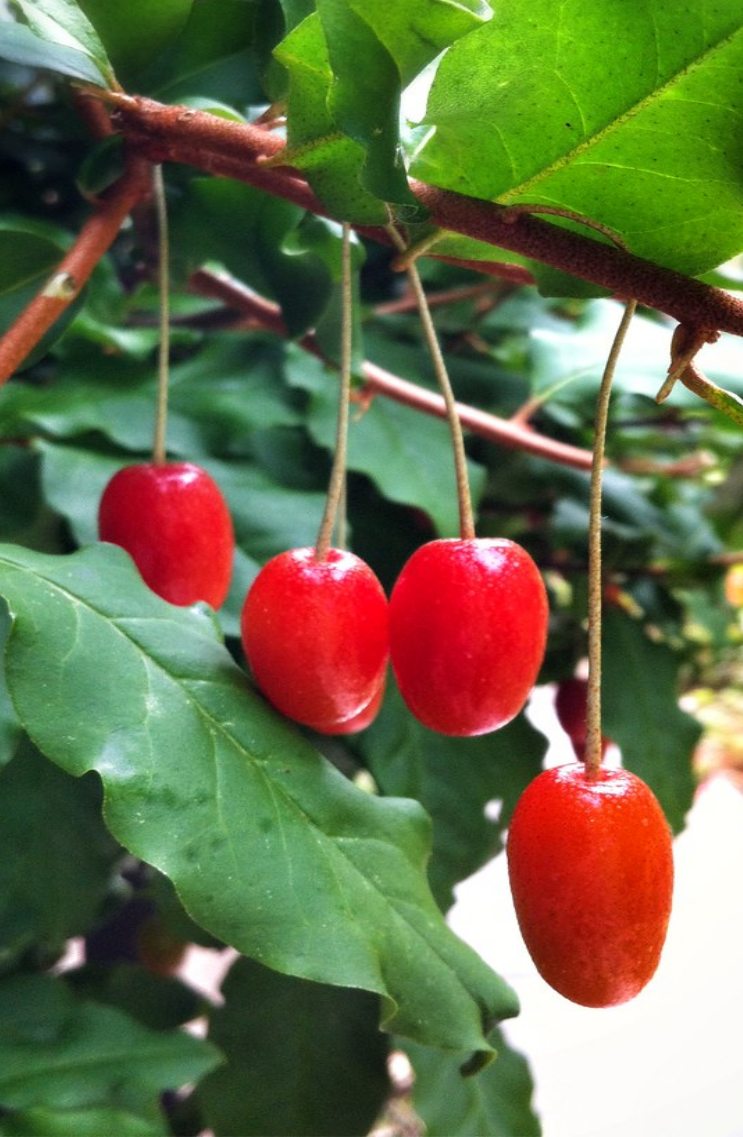Barestem Desert Parsley
Lomatium nudicaule
Read MoreBarestem Desert Parsley
Lomatium nudicaule
- Hul’qumi’num Name: q’uxmin
- Description: Herbaceous perennial with aromatic foliage and bright yellow flowers which attract pollinators. Carrot-like seeds appear in summer.
- Habitat: Dry, open sites.
- Harvest: Young leaves, and seeds.
- Edibility: The young leaves can be eaten raw and cooked. The seeds can be used as flavouring in cooking or chewed to soothe or sore throat.
- Fun Fact: An important medicinal and ceremonial plant, q`uxmin is a great addition to a pollinator garden.










